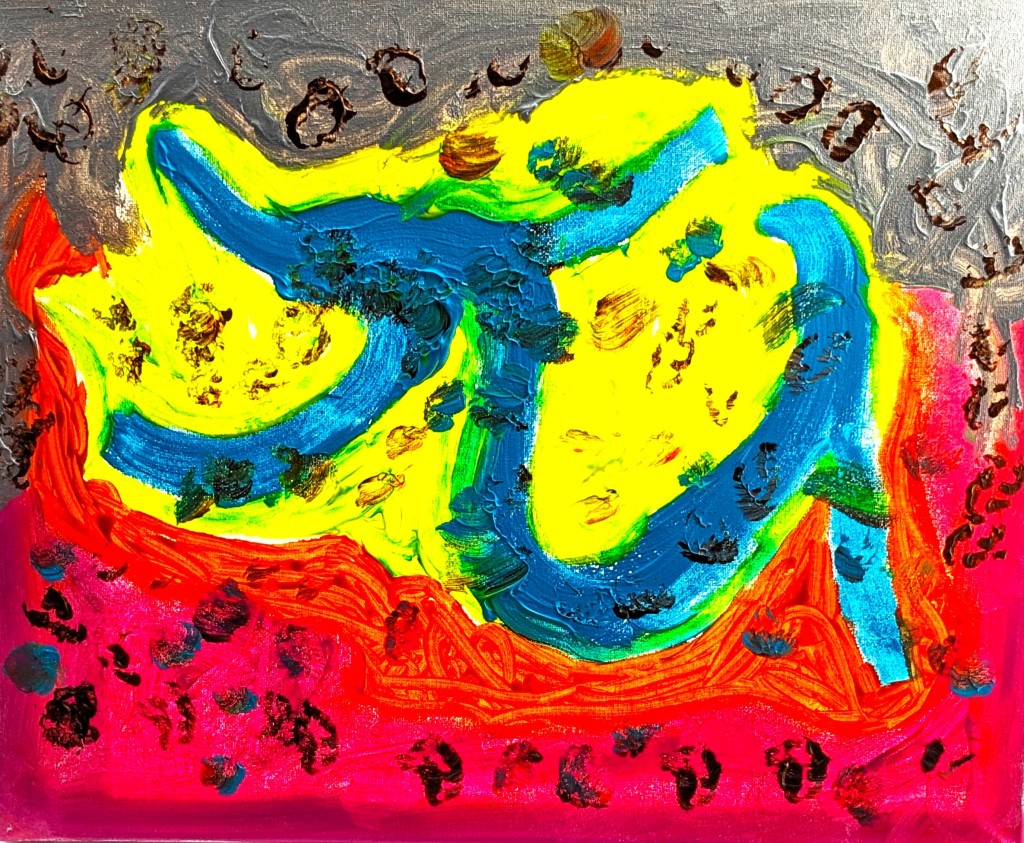
What makes you laugh?
The current state that the world is in. Seems like a strange answer, doesn’t it? Wars, famine, plagues, diseases, fire, flood, earthquakes, drought, what is there to laugh at? All of it, of course. Because if I didn’t laugh at it, I would cry. And crying – well, there just aren’t enough tears, are there? Anyway, as the Reader’s Digest used to say “Laughter is the best medicine.” So, if we want to heal the world, we must first learn to laugh at it.
In fact, there are many things we should be laughing at – politics and politicians, for one. Or is that two? Chuckling away – it’s hard to tell them apart nowadays. In fact, if we laughed right out loud at the folies bergeres who masquerade as wise men, can-can dancers who actually can’t-can’t, and decision makers who really can’t decide, then that laughter would be the last straw that would break the camel’s back and dump them all on their backsides in the desert where they belong. There, they would be voices ‘crying in the wilderness’, crying indeed, for deprived of their privileges, none of them would be laughing. But we would. And we’d probably be a great deal better off.
New words also make me laugh. Homicide, femicide, domicide, ecocide, countrycide – tell me, who makes up these names? Who keeps popping them into the dictionary? And if they mean what I think they mean, we should all be on our knees, praying and weeping. It’s like fake suicide. That happens when push comes to shove, and the subsequent defenestration is deemed a suicide.
Look at Moo’s painting, Burning Birbi. Now that is something to really make you cry. Moo tells me he was going to call it Burning Bush, but then he remembered all the poor birbis who were burned to death in the Australian Bush Fires. They ascended the eucalyptus trees for safety, and there, of course, they met their sad and tragic fate, while trying to escape the conflagration. I can laugh many things off. But not the fate of those cuddly little Koalas, brought to the edge of destruction by our treatment of their natural habitat.
Welsh proverb – “Laugh and the world laughs with you. Cry, and you cry alone.” So, I am laughing at it all. I have to – or else I will suffer a break down. So, laugh with me, and let the real losers cry in the wilderness, hermits all, abandoned to their lonesome own-somes.




